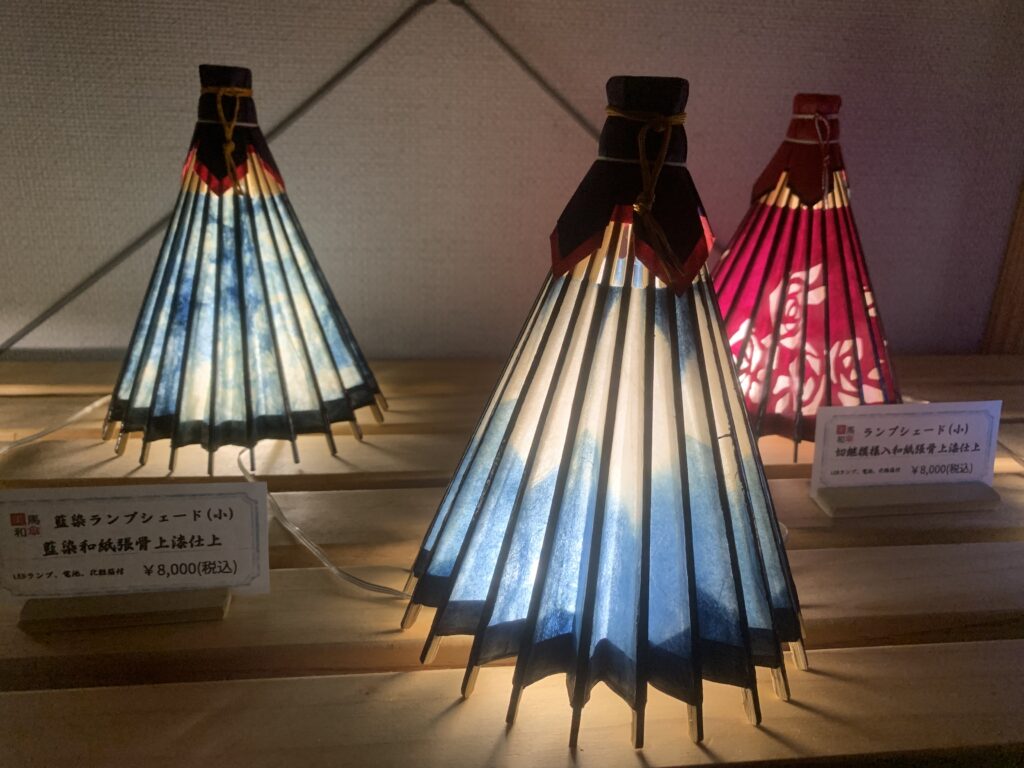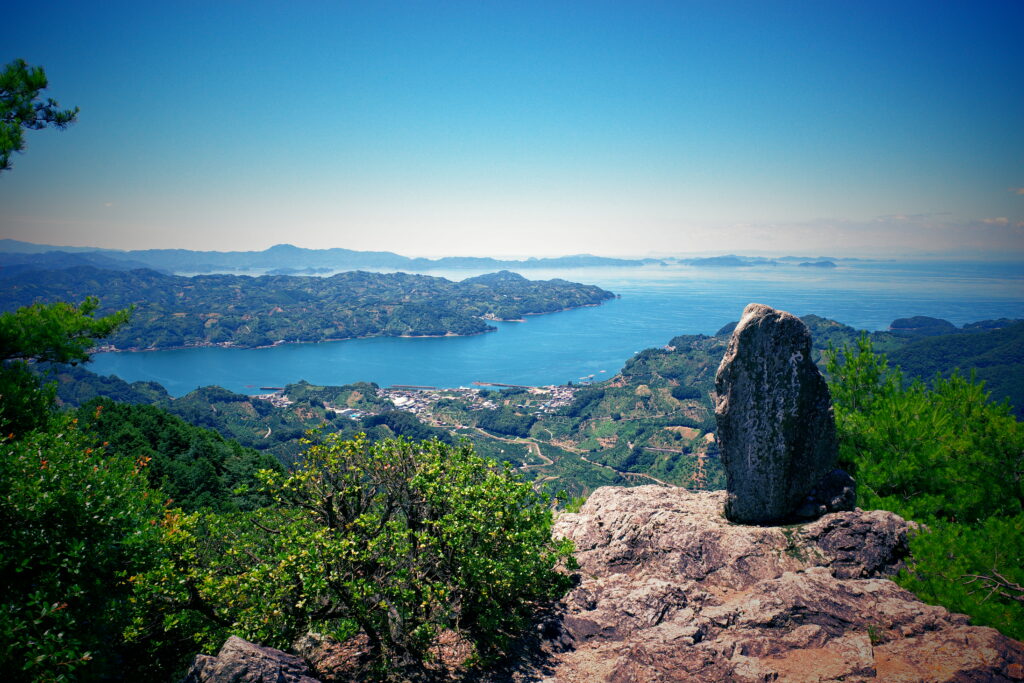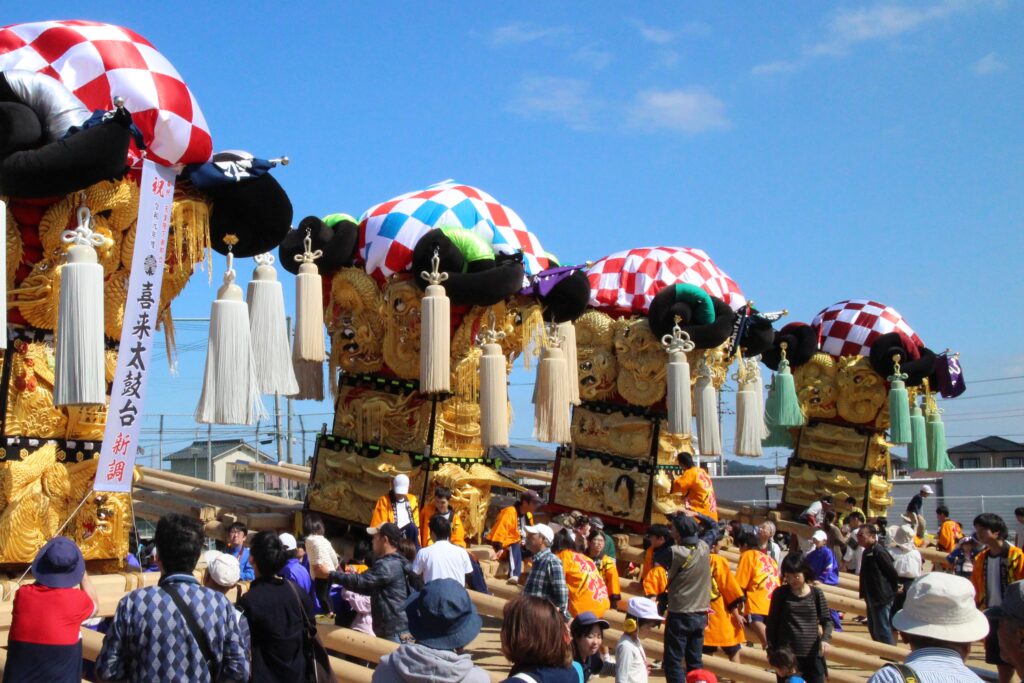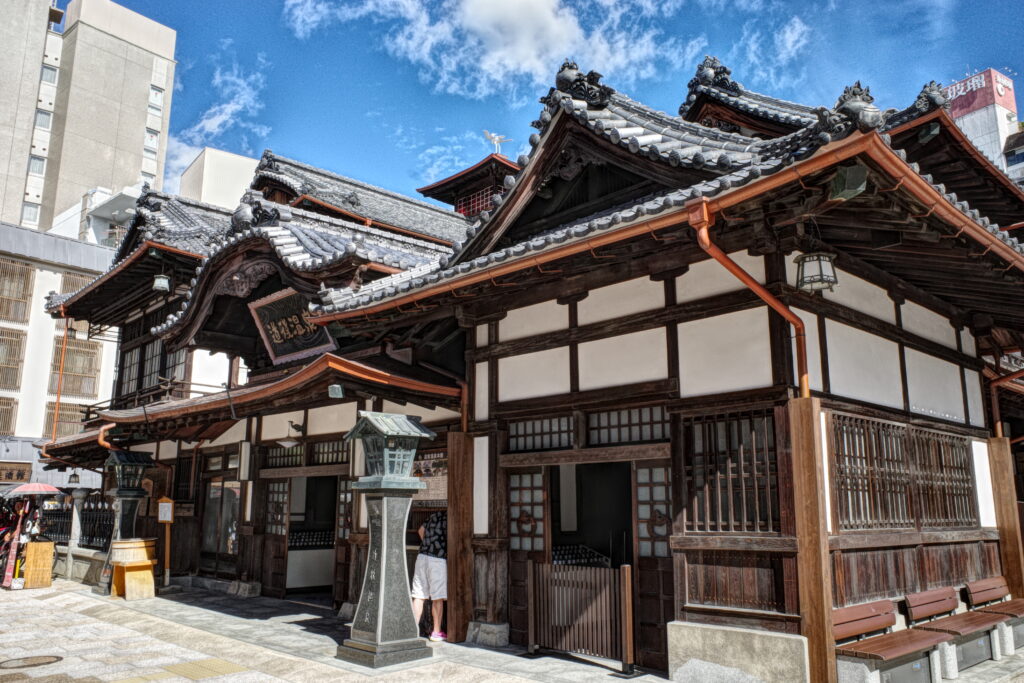Discover Shikoku– archive –
-

Regional focus:Mima
Overview Mima City in Tokushima Prefecture has long been a producer of indigo, and distributes high-quality natural indigo dye called Sukumo throughout the c... -

Regional focus:Seiyo
Location Western Shikoku facing the Uwakai Sea Description A rural ‘city’ made up of five towns, Seiyo extends from the Uwakai Sea in the west to the mountai... -

Regional focus:Niihama
Location Central Shikoku on the Seto Inland Sea Description Bordered to the north by the Inland Sea and to the south by Mt. Ishizuchi, Niihama contributed to... -

Regional focus:Dogo
Location The eastern side of Matsuyama Description A hot spring resort town in the outskirts of Matsuyama and an ideal base for travel in western Shikoku Att...
1




